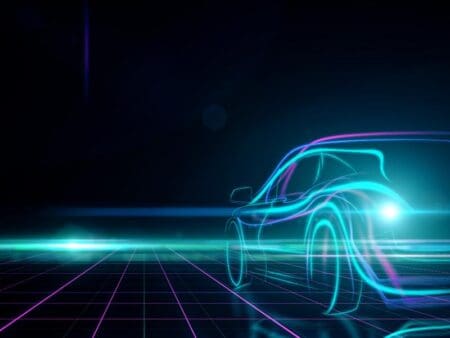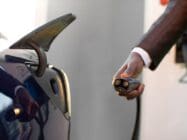
Australia’s capital city Canberra on Wednesday announced officially going live with what it claims to be a world-first project in V2G technology.
The city is demonstrating a fleet-based Vehicle to Grid (V2G) project to illustrate the use of EVs for frequency regulation within a fully renewable-powered system.
In a Government-issued press release, Australian minister for energy and emissions reduction Shane Rattenbury commented on how the project, which was trialled from 2020 to 2022, “has demonstrated that fleet EVs could play a vital role in supporting [the] energy grid and in boosting energy security.
“The insights gained from the past two years will be particularly beneficial during times of peak power usage as a way of balancing renewable energy delivered to the grid.”
The initial trial – which was launched in 2020, concluded on Thursday and dubbed Realising Electric Vehicles to Grid Services (REVS) – used a fleet of 51 Nissan Leaf vehicles to explore the ability of electric vehicles to provide frequency regulation services to the National Electricity Market (NEM).
Have you read:
Octopus Energy and National Grid demonstrate first V2G in Great Britain
Does V2G pose a cyber threat to the grid?
Added Rattenbury: “Now that we have achieved 100% renewable electricity in the ACT, we need to significantly reduce emissions from transport to reach our goal of net zero emissions by 2045.”
REVS trial’s results, released earlier this year in February, illustrate the value case of V2G technology across:
- Economic and material efficiency of making better use of vehicles that are currently underutilised when parked (which is most of the time);
- The critical role of flexibility in 100% renewable energy power systems – the large energy storage capacity of individual EV batteries (and larger vehicles) and the large number of vehicles, and
- The significant power capacities with which EVs connect to the grid.
Back when it was announced in 2020, the project was touted by the ACT government as the first time that a fleet of vehicles using bi-directional chargers would supply FCAS (Frequency Control Ancillary Services) to the NEM to improve energy security and avoid blackouts.
It was also stated as the first time an EV fleet would be paid for providing electricity services, testing new revenue streams that could improve the total cost of ownership of EVs.
Fleets make up more than half of all new vehicles sold annually in Australia and transport is the single largest contributor to the Australian Capital Territory’s greenhouse gas emissions, making up over 60% of the total.
The trial, and now live project, is hoped in the future to extend to Canberrans’ privately-owned EVs to bring consumers into the energy system and leverage their EV battery-stored energy to be injected into their homes power systems, if not back into the power grid.
The REVS project was co-funded by the Australian Renewable Energy Agency (ARENA) and the ACT Government and led by ActewAGL Retail in partnership with Evoenergy, Nissan, Jetcharge, SgFleet, the Australian National University and Accenture.








